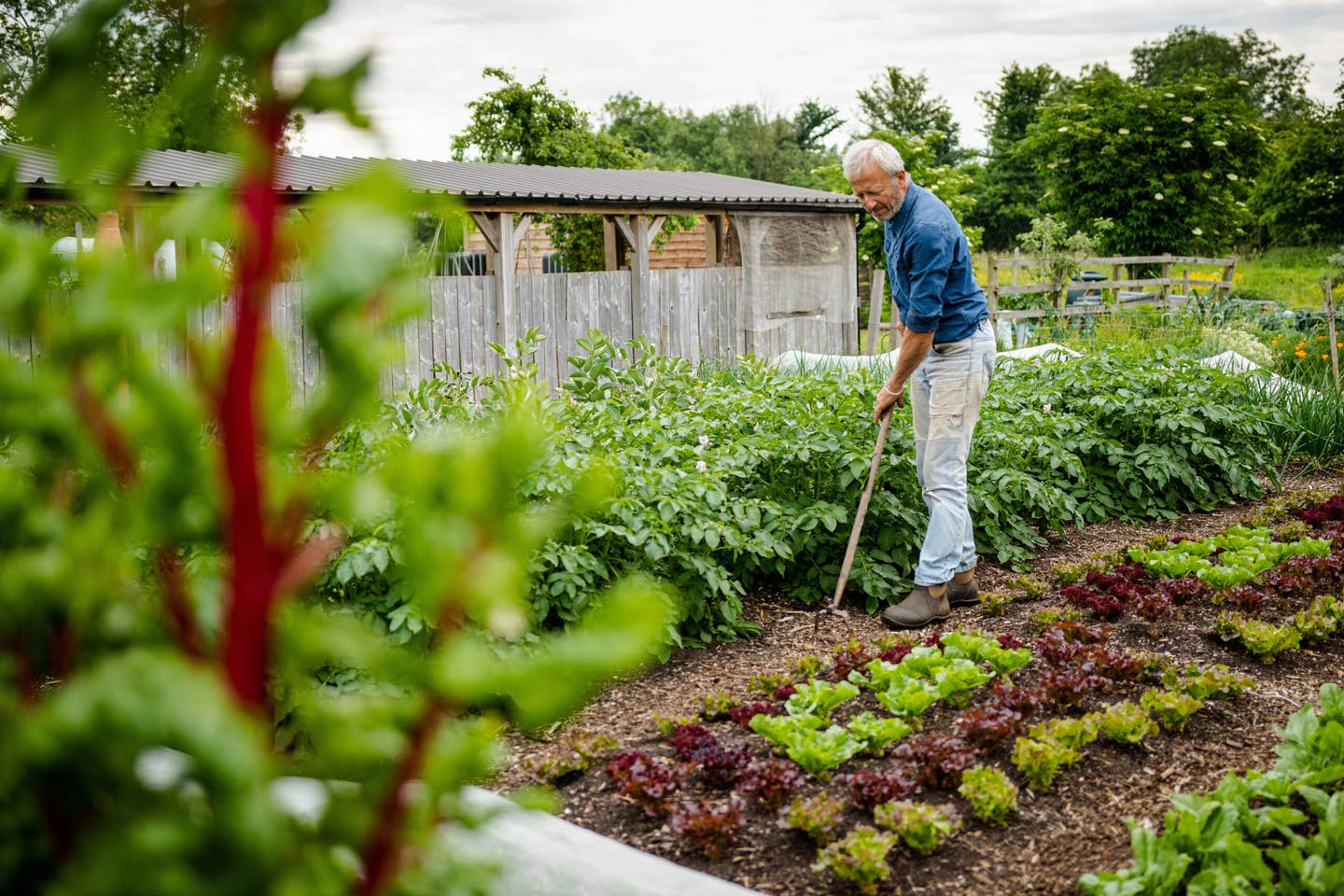The Comprehensive Overview to Horticulture: Discover the Advantages of Different Designs and Approaches
Horticulture incorporates a varied array of styles and strategies, each offering one-of-a-kind benefits customized to private preferences and environmental contexts. From the organized sophistication of formal yards to the natural appeal of permaculture, recognizing these variations is important for cultivating a space that not only thrives yet likewise shows personal worths and aesthetic appeals. In addition, lasting techniques play a vital duty in improving regional ecosystems and ensuring lasting success. As we check out these various styles, it comes to be obvious that the options made can substantially affect both the garden's wellness and its contribution to the surrounding atmosphere.
Recognizing Horticulture Basics
Recognizing the fundamentals of gardening is essential for cultivating a thriving and lasting garden. A successful gardening endeavor starts with a strong foundation of expertise regarding soil, plant choice, and climate considerations. Healthy soil is the cornerstone of any yard; it gives necessary nutrients, water retention, and a habitat for advantageous microorganisms - Gardening. Evaluating soil pH and nutrient degrees can lead changes to optimize plant development.
Choosing the right plants is equally important. Recognizing their particular needs-- such as sunshine, water, and spacing-- makes sure compatibility with the neighborhood climate and soil problems. This selection process must additionally consider the development routines and lifecycle of plants, enabling a well balanced and cosmetically pleasing yard.
Furthermore, efficient watering practices are vital. Over-watering and under-watering can both result in plant stress and anxiety and disease. Implementing a routine based on seasonal changes and plant demands can improve water efficiency.
Popular Gardening Styles
What specifies the essence of prominent gardening designs? Among the most renowned designs is the home yard, defined by its casual layout and a dynamic array of flowers and veggies.
On the other hand, the official yard embodies symmetry and order, typically featuring geometric patterns and carefully cut hedges. This style connects elegance and sophistication, with carefully picked plants that enhance a structured aesthetic.
The Japanese garden uses a serene and meditative experience, utilizing natural environments like water, rocks, and plants to create a tranquil environment. It concentrates on simpleness and balance, motivating reflection.
Furthermore, xeriscaping has actually acquired appeal, particularly in arid areas (Gardening). It prioritizes drought-resistant plants and efficient water use, promoting sustainability while improving landscape elegance
Benefits of Container Gardening
Container horticulture supplies a wide range of advantages that make it an appealing alternative for both novice and knowledgeable gardeners alike. Among the key benefits is adaptability; containers can be placed in different locations, permitting gardeners to enhance sunshine direct exposure and develop visually attractive plans. This versatility makes it feasible to garden in rooms where standard in-ground horticulture might not be feasible, such as terraces, patios, or urban settings.
In addition, container gardening provides much better control over dirt problems. Garden enthusiasts can tailor the dirt mix to suit particular plants, making certain optimal water drainage and nutrient accessibility. This is specifically beneficial for people staying in locations with poor or polluted dirt.
One more significant advantage is the reduced threat of pests and diseases. Container plants can be kept an eye on much more easily, and any kind of issues can be dealt with immediately. This strategy can minimize the spread of invasive types.
Lasting Gardening Practices
Sustainable gardening techniques are essential for promoting ecological health and wellness and enhancing biodiversity in our environments. These methods prioritize eco-friendly equilibrium, resource conservation, and making use of organic methods to minimize unfavorable ecological effects. By utilizing strategies such as composting, garden enthusiasts can reduce waste while improving dirt health and wellness, therefore promoting a growing garden environment.
Water conservation is one more crucial facet of sustainable horticulture. Techniques such as rain harvesting, drip irrigation, and making use of drought-resistant plants can significantly minimize water use while making sure that plants obtain sufficient dampness. In addition, incorporating indigenous plant varieties right into garden layouts supports neighborhood wildlife and decreases the need for chemical plant foods and pesticides, which can be harmful to the environment.

Eventually, lasting horticulture practices not only add to much healthier yards yet likewise promote a more durable setting, read here providing long-term advantages to both the gardener and the bordering area.
Tips for Effective Gardening
To cultivate a growing yard, gardeners should prioritize cautious preparation and thoughtful implementation of their horticulture strategies. Begin by evaluating the local environment and soil conditions, as these factors significantly affect plant selection and development. Choose plants that are appropriate to your environment, taking into consideration indigenous species that will certainly prosper with marginal intervention.
Applying a well-structured layout is important (Gardening). Utilize friend planting techniques to promote biodiversity and natural parasite control, while ensuring each plant has adequate room for growth. This not just enhances looks however likewise boosts total plant health
Regular upkeep is vital to an effective yard. Establish a constant schedule for watering, weeding, and feeding. site here Mulching can assist preserve wetness and reduce weeds, while additionally adding natural matter to the soil.
Don't undervalue the value of monitoring. Consistently checking plant health and development will enable for prompt treatments. Ultimately, be open to finding out and important source adapting; horticulture is a continuous process that takes advantage of experience and testing. By focusing on careful preparation, execution, and continuous upkeep, gardeners can accomplish a dynamic and efficient garden that prospers throughout the seasons.
Verdict


In summary, the expedition of varied horticulture designs and techniques reveals their multifaceted benefits, adding to both aesthetic allure and ecological wellness. Container horticulture provides adaptability and access, while lasting methods improve environmental stewardship.